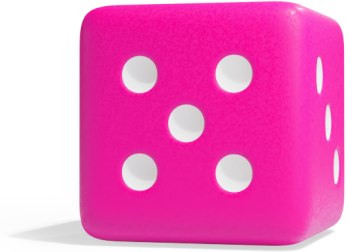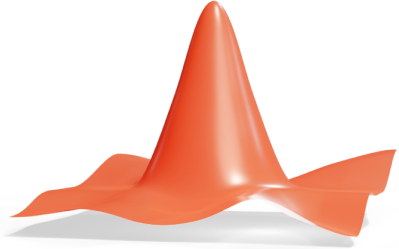7th Grade
How Can You Compare Two Populations?
{
"voice_prompt": "",
"manuscript": {
"title": {
"text": "How Can You Compare Two Populations?",
"audio": "How can you compare two populations?"
},
"description": {
"text": "You can compare two populations by looking at data displays, like box plots, and by using two key statistics: 1. Median 2. Spread (variability).",
"audio": "You can compare two populations by looking at data displays, like box plots, and by using two key statistics: One Median and two Spread (variability)."
},
"scenes": [
{
"text": "Let’s say you want to compare the heights of basketball players and soccer players. You collect data from 10 players from each sport and make box plots for each group.",
"latex": "\\text{Two box plots: 10 basketball players vs 10 soccer players}"
},
{
"text": "You plot the data and get these box-plots:",
"latex": "\\text{Basketball: } \\quad \\text{185 cm } \\bullet\\bullet\\bullet \\quad \\text{190 cm } \\bullet \\newline \\text{Soccer: } \\quad \\text{175 cm } \\bullet\\bullet \\quad \\text{180 cm } \\bullet\\bullet\\bullet"
},
{
"text": "From the box plot you can read the median value. That's where the line in the middle of the box is. Here you can see that the median height of a basketball player is 195 cm and a soccer player is 180 cm. ",
"latex": ""
},
{
"text": "The difference between the medians is calculated by 195 minus 180. That's 15 cm",
"latex": "\\text{Difference of medians} = 195 \\text{ cm } - 180 \\text{ cm} = 15 \\text{ cm}}"
},
{
"text": "Now let’s talk about variability. One way to measure how spread out the data is is with interquartile range, or IQR. A small IQR tells you that most observations lie close to the median, while a larger IQR says that it is more variation in the observations. You find it by calculating the length of the box. The leftmost edge is Q_1 and the rightmost edge is Q_3",
"latex": "\\text{IQR} = Q_3-Q_1"
},
{
"text": "Let's find the interquartile range for both groups. First you calculate the IQR for the basketball players.",
"latex": "\\text{IQR_b} = Q_3-Q_1 = 205 \\text{ cm }- 190 \\text{ cm} = 15 \\text{ cm} \\n \\text{IQR_s} = Q_3-Q_1 = 185 \\text{ cm }- 175 \\text{ cm} = 10 \\text{ cm} "
},
{
"text": "Now that you have both IQRs, you can compare them. The basketball players have an IQR of 15 cm, while the soccer players have an IQR of 10 cm. This means that the basketball players' heights are more spread out than the soccer players'.",
"latex": ""
},
{
"text": "You can now compare both the medians and the IQRs to say something about the difference between the groups. The basketball players are generally taller, with a median that is 15 cm higher. The spread of their heights is also a bit larger.",
"latex": ""
},
{
"text": "Since the difference between the medians is larger than the size of the IQRs, this suggests a clear difference between the two groups. You can also see this in the box plots—there is no overlap between the boxes. This means that basketball players tend to be taller than soccer players, and the difference is not just due to random variation.",
"latex": ""
},
],
"outro": {
"text": "You can compare two populations by looking at data displays, like box plots, and by using two key statistics: 1. Median 2. Spread (variability).",
"audio": "You can compare two populations by looking at data displays, like box plots, and by using two key statistics: One, Median and two Spread (variability)."
}
}
}





















